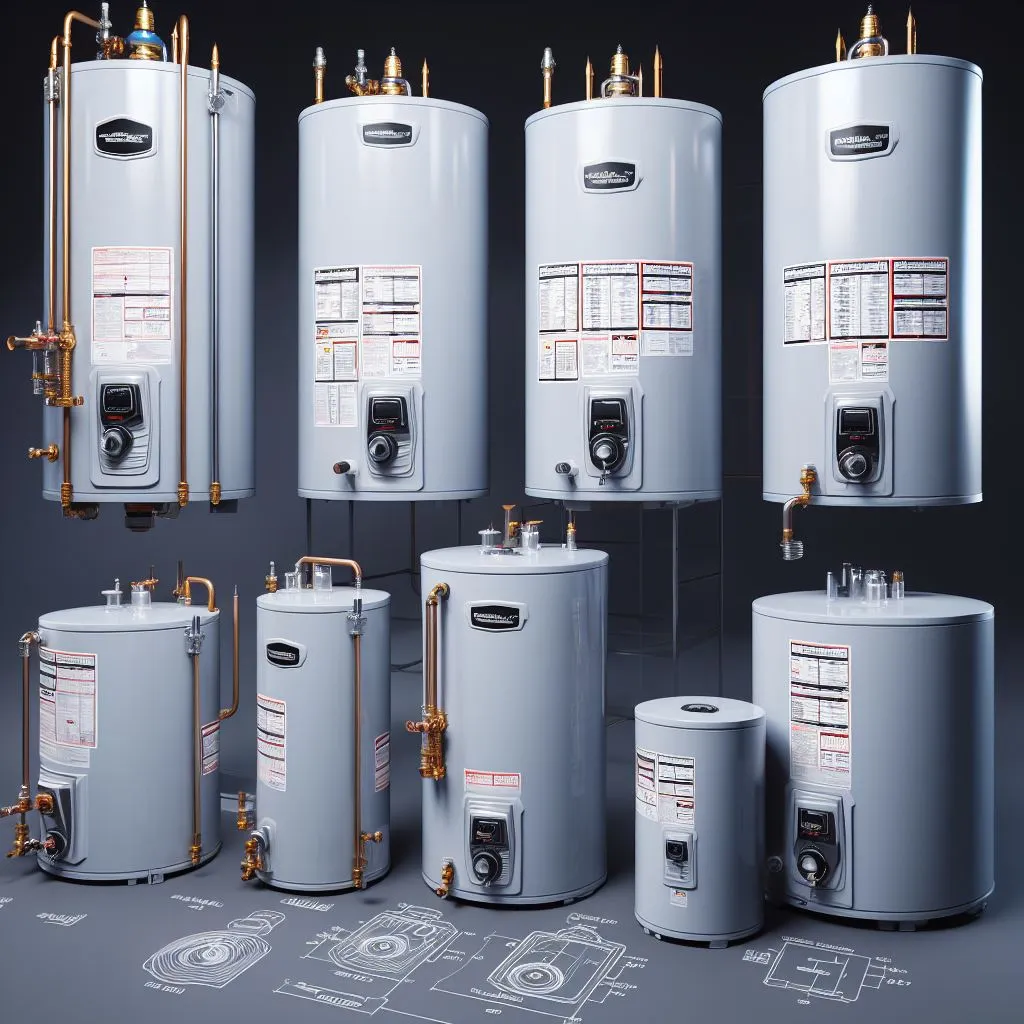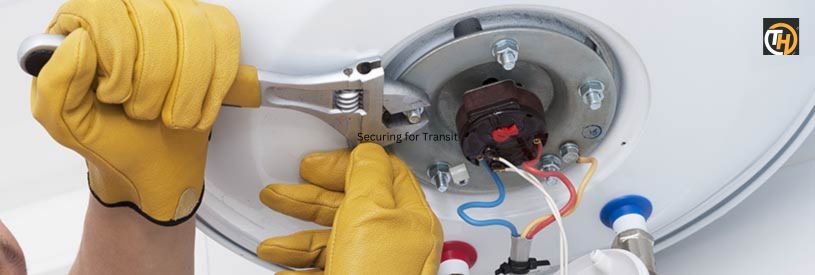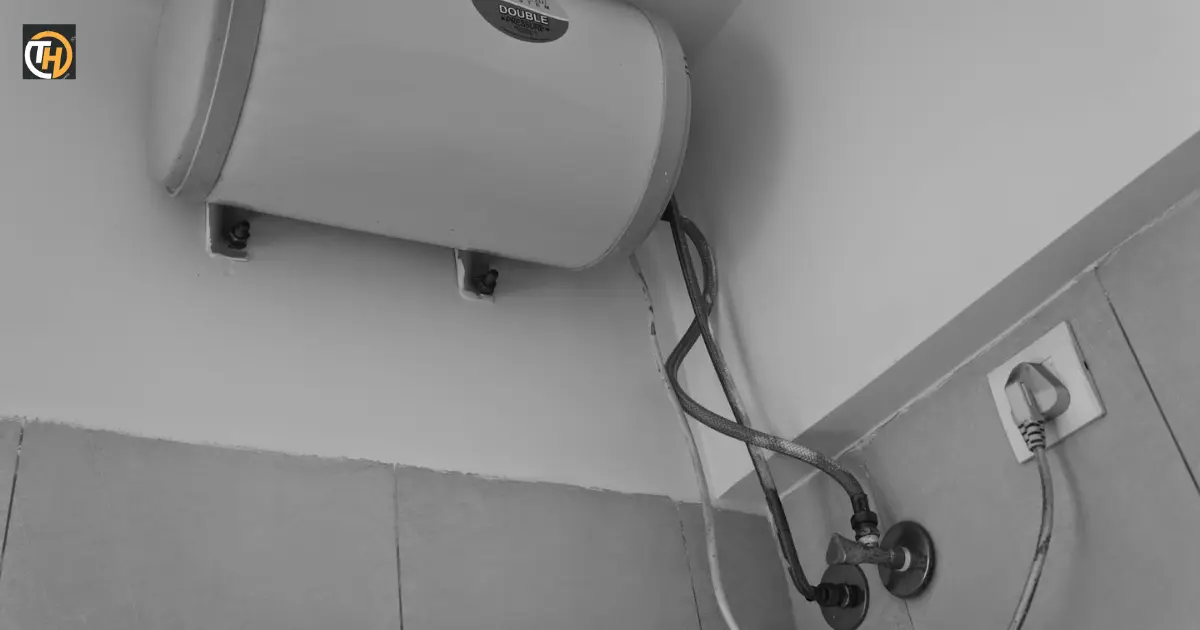The term “haul a water heater laying down” refers to the practice of transporting a water heater in a horizontal position, as opposed to its usual vertical installation position. This is often done when the heater needs to be moved to a new location and the vehicle used for transportation cannot accommodate the heater’s height
Imagine you’re moving to a new home and you’ve decided to bring your trusty water heater with you. You’ve got everything packed, but there’s just one problem – the water heater doesn’t fit in your vehicle standing up. Can you lay it down on its side?
While it’s generally recommended to transport a water heater upright, it can be laid down for transportation in some cases. However, this should be done with caution. For traditional tank water heaters, laying them down can cause damage to the glass lining inside the tank or dislodge sediment, leading to blockages.
Factors Affecting Transportation
When it comes to transporting a water heater, several critical factors come into play, each influencing the overall process and outcome. Understanding these factors is essential for ensuring a smooth and damage-free relocation.
Size Matters

The dimensions of a water heater are pivotal in determining the feasibility of transporting it in a horizontal position. Larger units may pose logistical challenges and require specialized handling to fit into transportation vehicles. Readers will gain insights into how the physical size of the water heater can impact the ease and safety of the transportation process.
Internal Components
Delicate internal components within a water heater can be susceptible to damage, especially when the unit is laid down during transportation. This section delves into the intricacies of the water heater’s internal structure, shedding light on the vulnerable elements that need protection.
Safety Concerns
Safety is paramount when dealing with gas and electric water heaters during transportation. This part of the article addresses specific safety considerations, providing readers with a detailed overview of potential hazards. Emphasis will be placed on securing the unit properly to prevent accidents, gas leaks, or electrical issues.
Transporting Appliances and Precautions
While it is possible to transport appliances in a horizontal position, it is not advisable. If you do transport an appliance horizontally, it is essential to allow it to stand upright for 24-48 hours before plugging it in. This precaution is necessary to ensure that the appliance’s internal components settle back into their proper positions and prevent any potential damage or malfunction.
Best Practices for Transport
Transporting a water heater requires careful planning and adherence to best practices to guarantee a smooth and damage-free relocation experience. This section will guide readers through the optimal practices for securing a water heater and provide insights from industry professionals on the ideal positioning.
Securing for Transit

Whether the water heater is transported in an upright or horizontal position, securing it adequately is crucial for preventing damage. Readers will receive step-by-step guidance on the proper methods to secure a water heater based on its size and type.
Professional Advice
This section will delve into the recommendations from industry professionals regarding the optimal positioning for transporting water heaters. By incorporating expert insights and real-world experiences, readers will gain a deeper understanding of the practices endorsed by professionals in the field.
Real-life Experiences
In this section, readers will delve into real-life experiences shared by individuals who have successfully transported water heaters. These success stories will highlight the practical methods and strategies employed by those who navigated the challenge of moving a water heater, whether in an upright or horizontal position.
Success Stories
Readers will be treated to uplifting narratives of individuals who successfully transported their water heaters without encountering significant issues. These stories will showcase the diversity of situations, including different types and sizes of water heaters, varied transportation methods, and the challenges faced during relocation.
Lessons from Mishaps
This section will provide a candid exploration of instances where improper transportation led to damages and complications. By learning from the mistakes of others, readers can grasp the importance of adhering to best practices and avoiding common pitfalls..
DIY Transportation Guide
Step-by-Step Process: Haul a water heater laying down?
Providing a comprehensive, easy-to-follow guide on how readers can safely transport a water heater themselves, considering various scenarios.
| Key Points | Description |
| Size Matters | Discusses how the water heater’s dimensions influence transportation feasibility in a horizontal position. |
| Internal Components | Explores the vulnerability of delicate internal components and their potential damage when the unit is laid down. |
| Safety Concerns | Addresses safety considerations for gas and electric water heaters, emphasizing the importance of proper securing. |
| Securing for Transit | Provides guidance on securing a water heater for safe transportation, whether in an upright or horizontal position. |
| Professional Advice | Highlights recommendations from industry professionals on the ideal positioning for transporting water heaters. |
| Success Stories | Shares anecdotes of successful water heater transportation, focusing on methods employed by experienced individuals. |
| Lessons from Mishaps | Learns from unfortunate experiences, showcasing instances where improper transportation led to damages and complications. |
FAQs
Does a water heater have to stand up?
Yes, water heaters are designed to operate most effectively in an upright position.
How do you carry a hot water heater?
It’s best to transport a hot water heater upright, ensuring its stability and preventing damage to internal components.
Is it safe to move a water heater?
Yes, with proper precautions and securing, it is safe to move a water heater to a new location.
Is it OK for a water heater to sit on the floor?
Yes, it is common for water heaters to be installed on the floor, provided they are properly supported and secured.
What should you never do with a hot water heater?
Never lay a hot water heater horizontally during transportation, as it can damage internal components and compromise safety.
Conclusion
The journey of transporting a water heater, whether in an upright or horizontal position, involves a nuanced interplay of factors. Size, internal components, and safety considerations form the crux of these considerations. As we’ve explored the best practices for transport and delved into real-life experiences, it’s evident that success hinges on meticulous planning and adherence to expert advice.
Whether learning from success stories or being mindful of mishaps, the journey becomes not just a logistical feat but a shared experience, enriching the collective knowledge of water heater transport.











